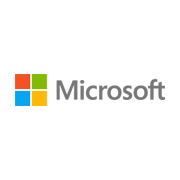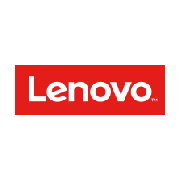
What exactly is Malware? A definition and some common types.
So what happens when you get software that has been mixed with a strong dose of malicious intent? You get malware, the term used to describe all manner of software invasion that has been designed to do bad things to your computers, networks and digital devices. It may have been created to steal something from you, such as data that can be monetized. It may try to directly steal money from you by draining bank accounts, or using credit card numbers. Sometimes, malware’s intention may be political: it may be about governmental intrigue or industrial espionage, Or it may just be about showing off or causing chaos for its own sake. Whatever the motivation, every organization needs to be constantly on guard to protect its data. Failure to protect the data of your clients and employees can result in serious damage to your reputation and brand as well as lead to fines from regulatory bodies. It can also open you up to liability from individuals or groups that have been harmed.
Malware isn’t new, of course. As long as there have been computers there has been malware. Long before computers were connected to the internet and other public networks, malware was placed onto floppy discs. Once inserted into a computer, they could wreak havoc. Now, it is through our connectivity that bad actors work to infect our computer systems.

Types of Malware
Malware is an umbrella term that covers an array of specific tools to cause trouble or steal data. These include…
Viruses
A virus is pretty much what you would think. Like the flu, it attaches itself to a host program where it then will try to change the code to steal your data, log your keystrokes, or corrupt your system/data. Generally, to be infected by a virus, some user action has to occur that allows the virus into your system. Example: The user opens a link found in an email that looks to be from a legitimate source, but isn’t.
Worms
Worms are similar to viruses in how they replicate and attempt to cause damage but they don’t require a user action. Worms find vulnerabilities or holes in code that allows them access.
Trojan Horse
Just like the Greek myth, trojans trick you into accepting something you want, but inside it has bad intentions. Basically, a trojan refers to the method the cybercriminal uses to get you to download a virus or other infected program.

Adware
Adware is a type of virus that can invade through various methods, such as a trojan or corrupted software. Adware generally besieges you with pop-up ads.
Keyloggers
This is malware that can track your keystrokes. This particular malware’s goal is to track your keystrokes and identify passwords or credit card information, for example, and then log into your accounts.
Ransomware
No malware seems to get as much media attention as ransomware. And for good reason. Unlike some other forms of malware, once this has invaded, there is very little you can do to eliminate the virus. Ransomware seizes your data and holds it for ransom. Unless you choose to pay the ransom fee, usually in some cryptocurrency, you are out of luck. In the specific case of ransomware, prevention is the key. Having clean backups of your data which are kept continuously up to date is about the only way to sidestep a ransomware attack on your data.
What can you do? Simply put, an off the shelf anti-virus software (now referred to as anti-malware) isn’t going to cut it in the business arena. Your systems are far too complex, with too many endpoints to rely on a solution better limited to home use. More importantly, you need protection systems, such as Endpoint Detection. An MSP is your best resource. As a small- to medium-sized business owner, you have limited time and resources to explore and design these protections on your own. An MSP can be your strategic partner in data and digital security.





















